EVM Equivalence
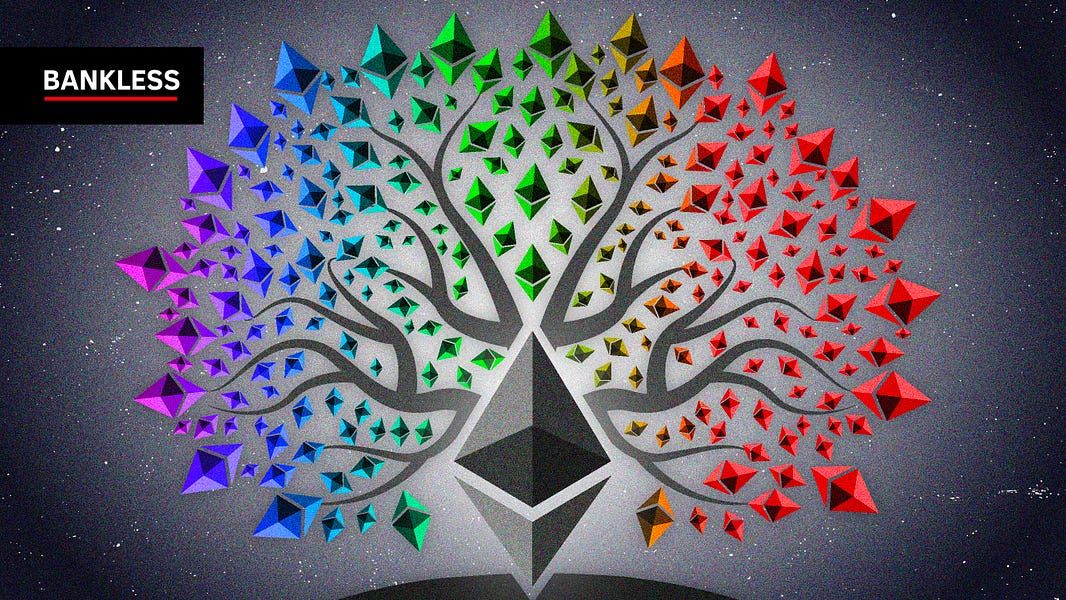

Build the future of web3 at Graph Day June 2nd-5th. Get $50 off tickets with the link below.
Dear Bankless Nation,
The paradigm of EVM equivalence will unlock the next phase of Ethereum’s growth.
DeFi Summer 2020 hit Ethereum’s limits to scale. Since then, the network effect of the EVM has fractured into many different directions. New L1s and even many L2s have broken from the EVM standard in order to produce scale.
But the era of EVM equivalence is upon us, and it will allow Ethereum to pick up where DeFi Summer left off.
A new Cambrian explosion of innovation is on the horizon.
We just need EVM equivalence to unlock it.
- David
Thanks to Ben Jones from the Optimism team and David Mihal for their invaluable help in guiding me through a very challenging topic. Writing this was challenging, but now I’m back from the frontier, and together we’ve done the heavy lifting of turning a complex topic into an extremely digestible (albeit long, sorry) piece that teaches a critical lesson about how this industry works.
WRITER WEDNESDAY
Bankless Writer: David Hoffman, Co-Founder of Bankless
Table of Contents (and tl;dr:)
Understanding ✨EVM Equivalence✨
There’s a difference between scaling on Ethereum, and scaling Ethereum itself.
The EVM is an emergent structure produced from thousands of developer contributions.
Forking the EVM limits the ability to access these contributions.
If you want to go fast, go alone… but if you want to go far, stay EVM equivalent.
Replication and Emergence
Replication and Emergence are necessary properties for a self-propagating system that blankets the globe
App Layer Replication
EVM equivalence allows for copy+pasting DeFi code across all EVM equivalent rollups. Anything new of value discovered on one rollup is immediately reproducible on all other rollup.
Protocol Layer Replication
EVM equivalence allows for individual rollups to implement an EIP upgrade before the main Ethereum L1, allowing for a live production testbed for experimental EIPs, before safely and securely implementing them on the L1 layer.
“Horror vacui”
Nature abhors a vacuum. Crypto is like nature; it slowly fills every void it discovers.
The ‘last mile’ problem of crypto-networks, and how we solve it.
EIPs are the new genes. EVM equivalence enables L2s to merge EIPs asynchronously and independently from the choices of other L2s. Each L2 will adopt the EIPs that its community desires.
Ethereum will adapt to the signals of its L2 users; each L2 represents an antenna of data for user preferences. L2s adopting a common EIP signals to Ethereum:
It’s desired by the community
It’s safe to adopt
Scaling Public Goods
- Optimism’s Retroactive Public Goods Funding is a novel social incentive mechanism designed to inject Silicon Valley-type financial incentives into projects that build public goods for the L2s.
- L2 public goods are funded by collecting economic energy from L2 blockspace sales.
- Public Goods R&D on Optimism can replicate and propagate throughout the ecosystem, due to EVM equivalence
Moving the Organism Forward
- Cheap fees, EVM equivalence, and Retroactive Public Goods Funding are the ingredients required to produce motivated outwards growth into the frontier of crypto-economic networks.
Understanding ✨EVM Equivalence✨
EVM Equivalence: complete alignment with the Ethereum Virtual Machine specification
The EVM equivalence design philosophy is to produce an optimistic rollup with ‘minimal dif’ to Ethereum.
EVM equivalence extends the properties of Ethereum into its L2s. It blurs the line between when the Ethereum L1 stops, and the L2 rollups begin.
This is the difference between scaling on Ethereum, and scaling Ethereum itself.
Optimistic Rollups that are perfect clones of Ethereum’s EVM don’t just share in Ethereum’s security; they share every aspect of its network effects.
Other L2 design constructions do not have the same privilege of accessing all of Ethereum’s network effects, and will always be more specialized than their EVM equivalent counterparts.

EVM compatibility is dead. Either optimize for generalizability by adhering to the Ethereum standard (and therefore pick the same standard as everyone else), or build something completely different that’s highly optimized for your use case (see ZK-rollups).
In order to fully extend the full might of Ethereum to the L2s, we’ll need more than mere EVM compatibility.
We need EVM equivalence.
Compatibility vs Equivalence
When the Optimism team introduced EVM equivalence last year, they covered the technical differences between equivalence and compatibility.
Rollups were hailed as our scaling savior: “finally, an L2 which can run Uniswap!”
The earliest rollups accomplished this by completely recreating Uniswap, with custom code on top of a custom-built rollup.
This just wasn’t enough.
The network effects of the EVM extend far further than just Solidity. A massive supporting cast of tools give Ethereum devs their superpowers. Because these tools also run on the EVM standard, they broke for the custom-built rollup. Not to mention the massive effort required by protocol devs to create something Solidity-compatible!
With EVM equivalence, the EVM itself is copy+pasted into L2. Everything under the hood is the same.
The EVM is a city
David Mihal (who helped me understand this) gave me this metaphor:
“Open-source code is like a city. It’s emergently created, bottom up, from the contributions of many developers who see problems and build solutions. Over time, the city becomes optimized, robust, and efficient…
…EVM-ish chains are like the Las Vegas version of Paris; they’re trying to artificially replicate something that came organically”
Open-source software is a public good, maintained and upgraded by respective communities.
Developers that use open-source software run into all sorts of problems while using it; some trivial, some critical, and everything in between. Some developers spend time fixing these problems, and then lobby the community to accept their inputs. If the community sees value, then the contribution is merged. A new standard is created, and the piece of software grows in utility and robustness.
Like an emergent city, builders come and produce things that the surrounding community needs and values. Shared resources and utilities are produced, and since it’s code, it never decays. It’s a one-way street of increasing value; so long as everyone is working on the same foundation.
Every developer builds in their own direction and discovers their specific contributions to add to the collective. Over time, a highly robust public good is produced by the shared contributions of thousands of developers.
Geth
This is the story of Geth.
Geth has slowly absorbed the meaningful contributions of Eth devs over the years, and producing a piece of software that has some of the strongest networks both inside Ethereum and beyond.
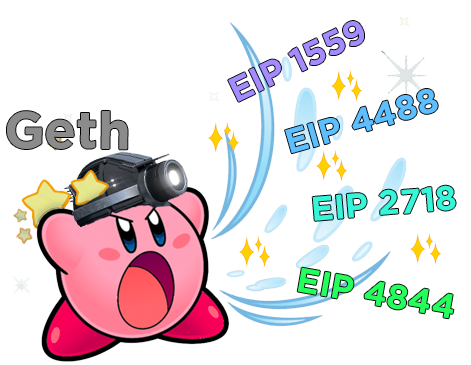
This is why Geth has become the reference point for the foundation for such a large part of the industry. Chains that have forked Geth and produced a non-Ethereum blockchain are still contributing to the same foundation that Ethereum stands on.
Geth forks that deviate from the reference version are deviating from the largest network effects in Web3. The further that one-off copies move in a different direction, the more labor and resources are required to keep up with the progress of the core network.
The EVM Peloton
A peloton is a group or pack of road bicyclists. Riders in a group save energy by drafting behind other riders. The reduction in drag is dramatic; riding in the middle of a well-developed group, drag can be reduced to as little as 5%–10%. The exploitation of this potential energy saving leads to very complex cooperative and competitive interactions between riders and teams in race tactics.
If you want to fast, go alone. If you want to go far, go together.
The peloton grows in efficiency and speed the larger it gets. Air resistance is distributed across a wider group; as the group scales the efficiency of the group increases. Being in the middle of a peloton is basically effortless because you’re able to draft in the wake of the entire group. The leaders of the peloton frequently cycle out, as the leader takes the full force of headwind resistance, and must expend extra energy to set the pace of the peloton.
But when the leader is tired and the pace slows, there are plenty of fresh contributors who have been drafting inside the peloton to take their place.
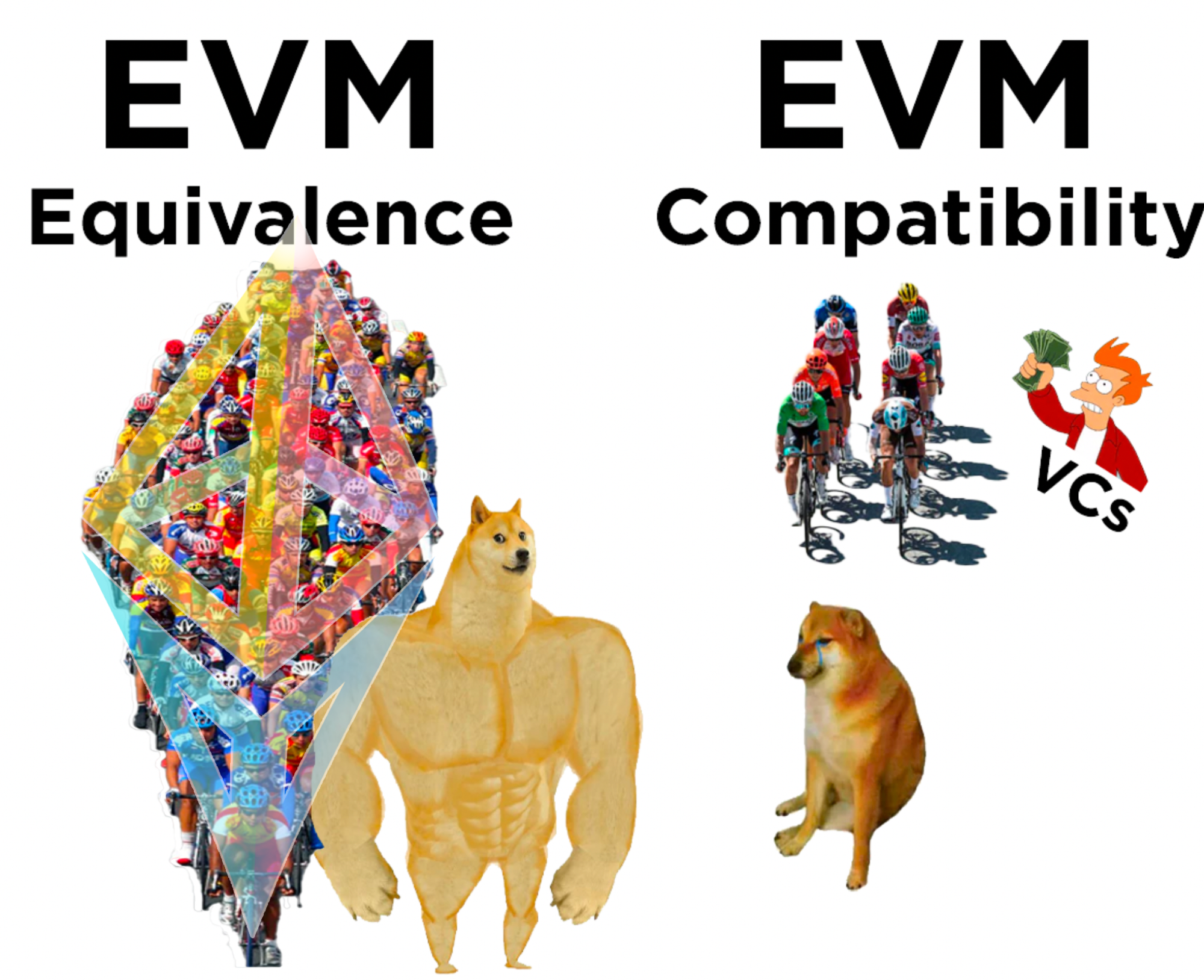

Open source communities will always outpace the development of centralized teams. The reason why this industry moves so fast is that it’s a collaborative flywheel. We build off each other’s success, and when one of us progresses forward into the frontier, they bring all of us with them—kinda like these caterpillars.
EVM equivalence is the bottom-up emergent city-like public good. EVM Compatibility on the other hand, is a one-off copy of that.
There are infinity-different ways to deviate from the EVM, but only one way to adhere to it.
Replicating the Application Layer
Producing an EVM-equivalent L2 ecosystem is critical to retaining the network effects of composability and interoperability!
EVM equivalent rollup allows for the instant copy+pasting of codebases cross chains. Development and innovation on a single EVM-equivalent rollup is seamlessly transferable to any other EVM-equivalent ORU, and also Ethereum itself. Since everything is being developed on the EVM standard, the network effects of the L1 are extended to the L2s, and innovations on an L2 reverberate back throughout the holistic ecosystem.
A single line of code means more when it’s deployed on an ORU. If you’re an open-source developer and you want your code to be used far and wide, you would naturally want to use an EVM equivalent ORU, as your code is instantly compatible with all other EVM equivalent ORUs.
If you write the code once, but it seamlessly works on 1,000 compatible chains, then the value of what you have just produced is far greater.
EVM Equivalence takes the EVM network effects to a whole new level.
Non-EVM-equivalent ORUs will not benefit from these shared network effects. The lack of a ‘minimal-diff’ design philosophy in non-EVM-equivalent ORUs breaks the relationship between the network of Ethereum + EVM equivalent ORUs, and L2s that are not EVM equivalent.
The gigantic wave of Ethereum network effects is compounded by every new addition of an EVM equivalent ORU. If you’re not surfing on this wave, you’re going to have to swim hard to catch up.
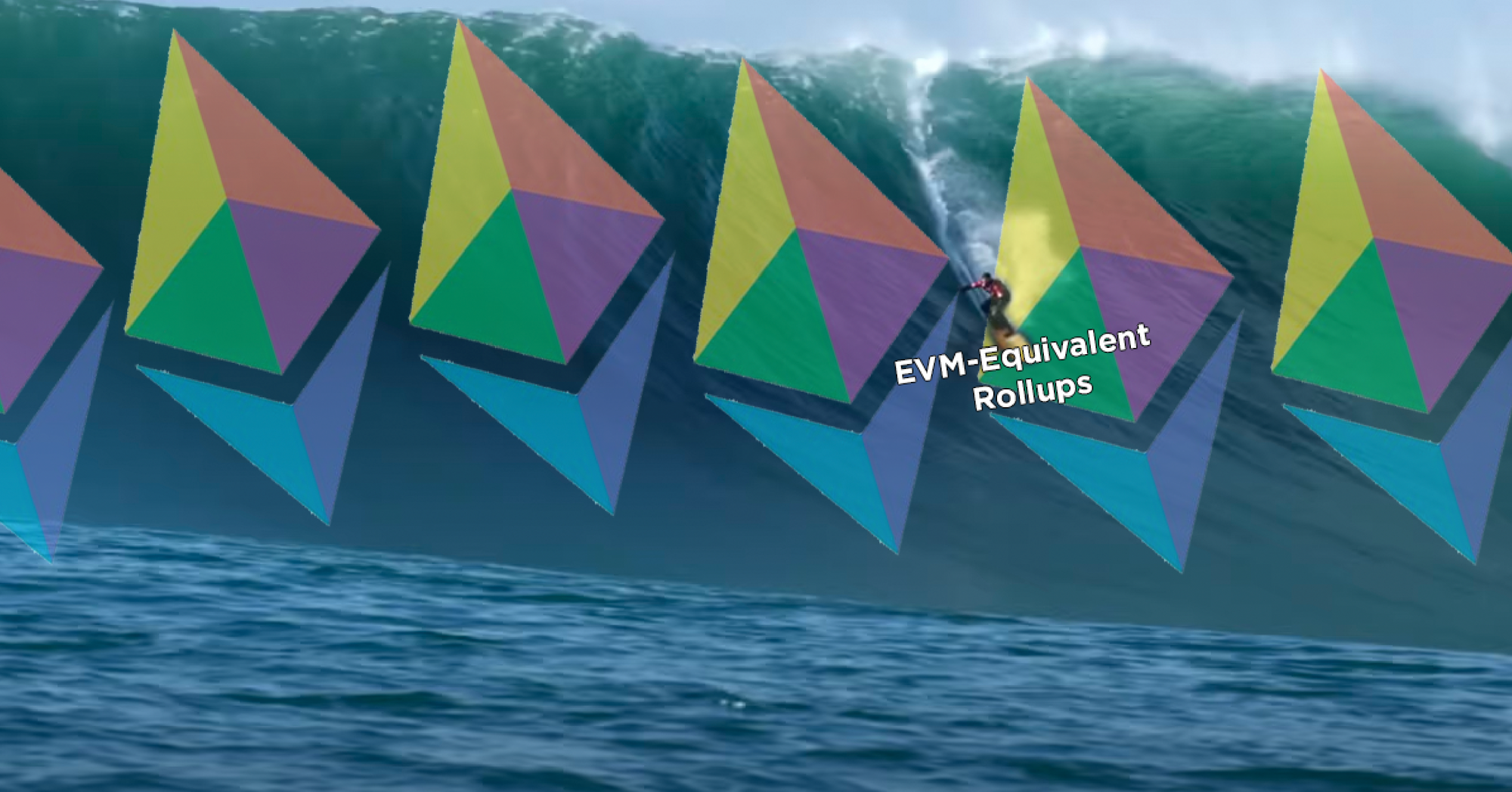
Replicating the Protocol Layer
These EVM network effects don’t just apply to the app layer of Ethereum. It also applies to the protocol layer itself; where things really get interesting.
Because EVM-equivalent ORUs are 'minimally differentiated’ from Ethereum, they offer Ethereum a testbed for new EIPs in a live production environment.
Right now, EIPs are tested with Ethereum testnets. EIPs are tested many times on testnets to ensure that nothing breaks when it’s finally integrated to the Ethereum L1.
There is always risk with this because testnets are not ‘minimally differentiated’ from Ethereum. Implementing an EIP into Goerli or Koven is not the same as implementing an EIP into Ethereum; the difference being the size, significance, and nature of the economic activity on top of Ethereum, that testnets cannot emulate. There is always some ‘unknown’ when implementing an EIP into Ethereum.
EVM equivalences offer a solution.
When an EIP gets successfully implemented on an EVM equivalent ORU, it gives strong assurances to the base chain that the same EIP could be successfully integrated without bugs. EVM equivalent ORU’s give a live production environment with real economic activity and real capital at stake for EIPs to be tested. EIPs can be tested at the ORU layer, without risk of something breaking and impacting the entire rest of the system.
When the L2s ubiquitously adopt the same EIP, it signals to the Ethereum L1 that it’s desired by the community and it’s safe to integrate into the L1.
EVM equivalent ORUs enable Ethereum to sense the desires of the participants on its L2s, making each L2 an antenna attuned to the wants and desires of its users. The command & control governance of TradFi and Web2 gets translated into the sense & respond paradigm of Web3.
Because each ORU is its own sovereign economy, it will implement various EIPs independently and asynchronously from the rest of the ecosystem, according to the wants and desires of its users.
Over time, the best EIPs will come to dominate the L2 ORU landscape, as more and more independent ORUs see the value of the same EIP. When an EIP comes to dominate across the entire landscape of ORUs, it will signal to the Ethereum L1 that it’s a good EIP and that it’s safe to implement at the L1 protocol layer.
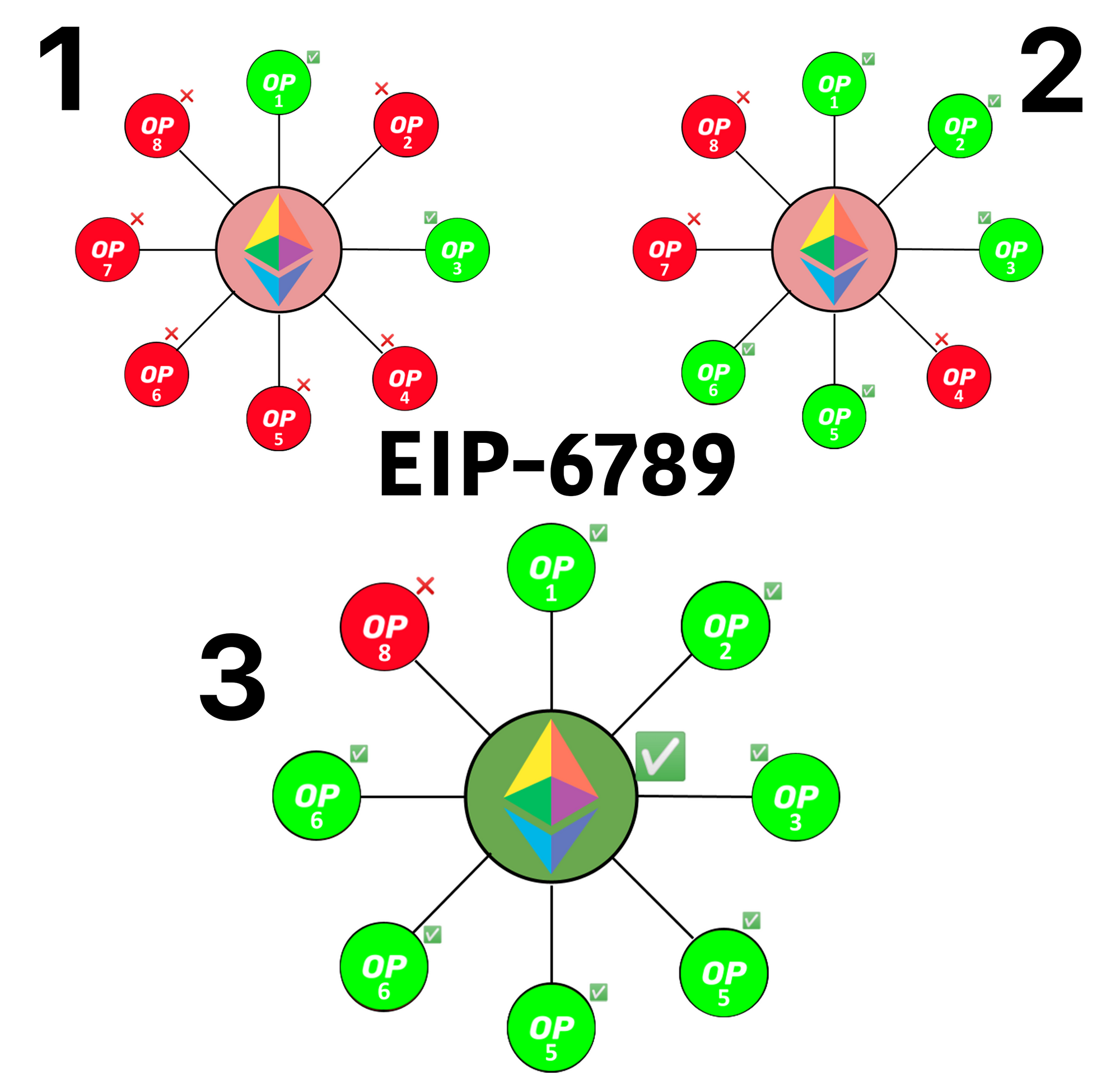
EVM Equivalence, Summarized
The significance of EVM equivalence: Ethereum breaks free from being bound by its L1 shackles. What ‘Ethereum’ is, becomes capable of extending outwards into the L2s. The dividing line between the Ethereum L1 and the EVM equivalent L2s becomes extremely blurred. There isn’t any point in which the Ethereum L1 stops and its EVM equivalent L2 begins.
It’s all just Ethereum.
Horror vacui
“Nature abhors a vacuum”
- Aristotle
Nature is really good at filling voids. The more evolutionarily fit an organism is, the more space it fills. Animals consume food and reproduce to the maximum extent the environment allows. All plants are expressions of fractals, because fractals are algorithms that maximize surface area. Increased plant surface area adds to its ability to capture sunlight on its leaves, and nutrients from its roots.

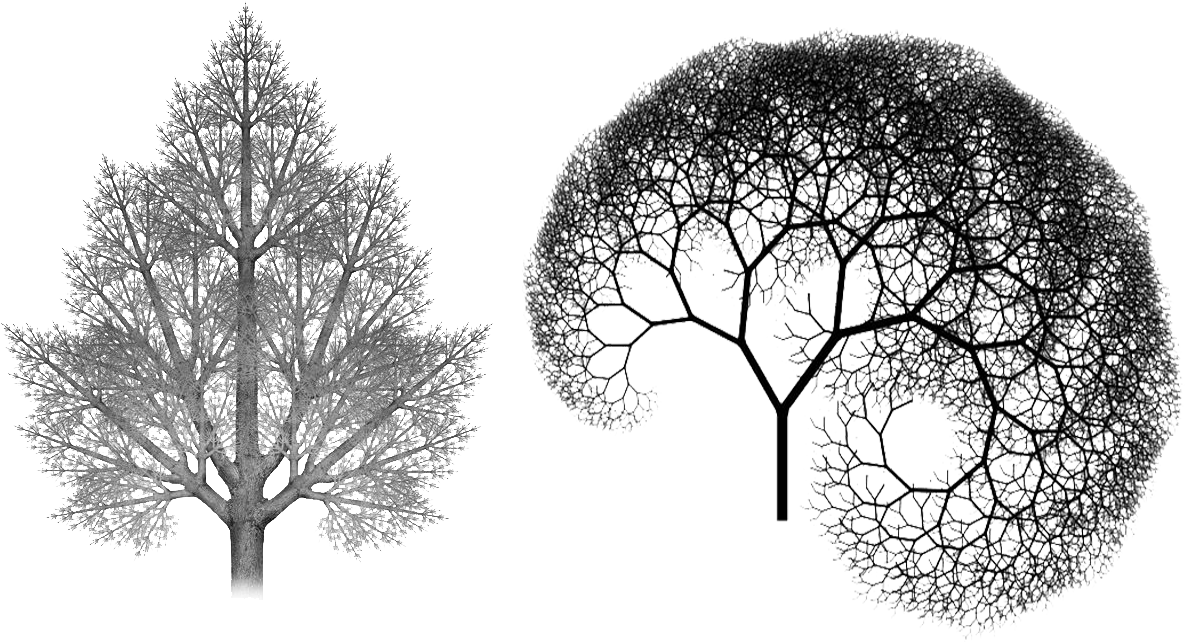
The last mile problem
The last mile is the last leg of a journey comprising the movement of people and goods from a transportation hub to a final destination. ‘The last mile’ describes the difficult last part in the transportation of people and packages from hubs to final destinations. Some challenges of last-mile delivery include minimizing cost, ensuring transparency, increasing efficiency, and improving infrastructure.
Nature is really good at solving the last mile problem. This is a natural consequence of the ‘survival of the fittest’; the organism that can replicate and propagate the best comes to fill the voids in which it lives.
Even inside a single organism, fractals are fundamental patterns for increasing the scale and efficiency of the organism. Lungs are responsible for capturing oxygen and distributing to the bloodstream; the circulatory system is responsible for distributing this oxygen and other nutrients to the furthest reaches of the organism.
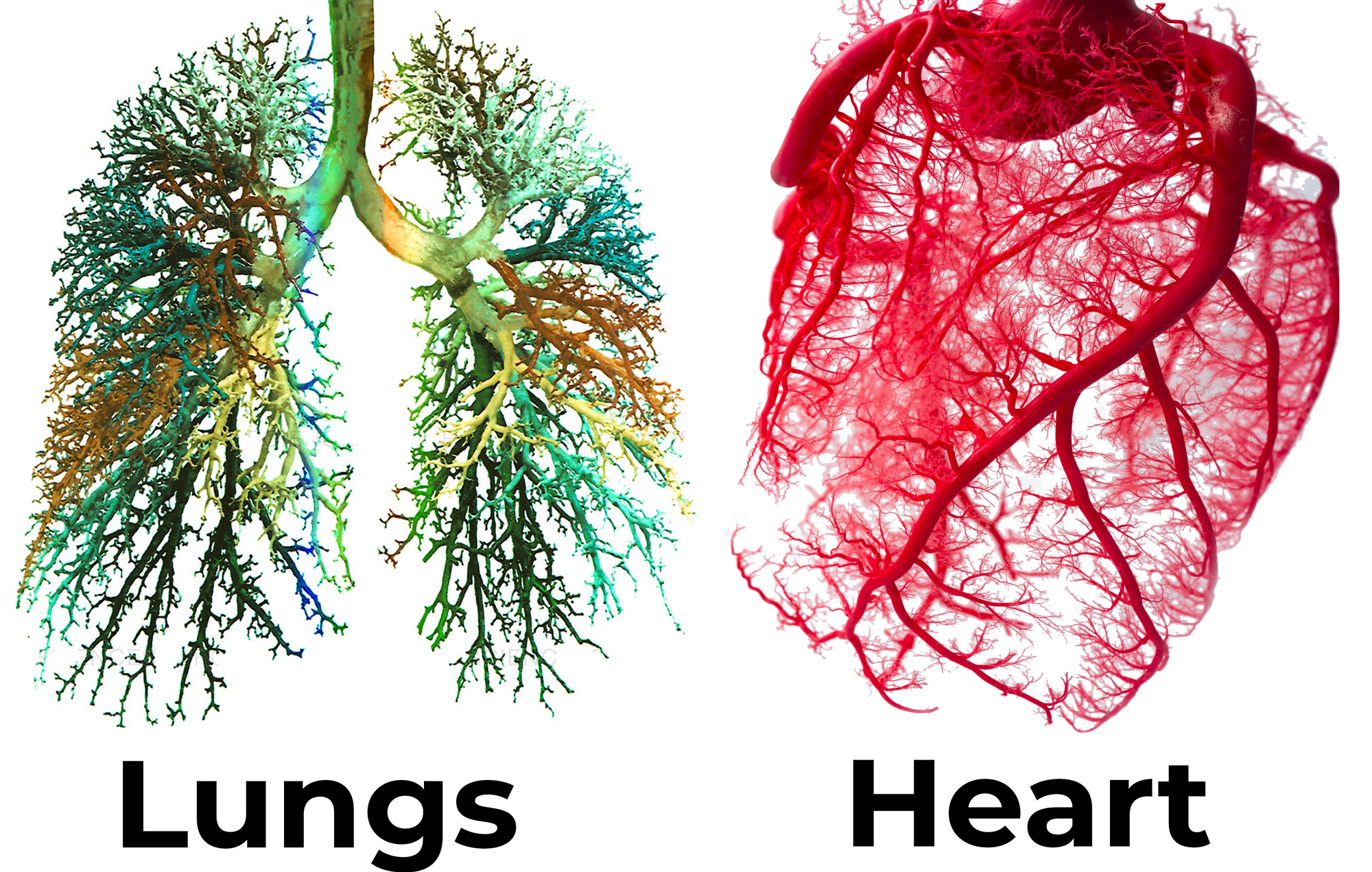
Fractals are structures in which each substructure has the same properties as the holistic structure. Fractals can be thought of as never-ending patterns, and replicability and reproducibility is what makes a fractal, a fractal.
Only structures that are replicable and reproducible can efficiently fill the voids found in nature. Crypto is one massive void; there is so much left to build. But in order to fill all of this empty space with new structures, we need systems that can replicate and reproduce.
EVM equivalence produces the foundation needed to produce these properties.
With an EVM equivalent rollup ecosystem, Ethereum can replicate and reproduce at breakneck speeds, zeroing in on the desires of its users and updating its code to reflect those desires.
Every L2 can progress in its own unique direction, specializing on whatever it wants to specialize in. Successful L2s that onboard many users and lots of value will signal to the other L2s that it’s discovered something of value. We all know the crypto industry is really good and copying and replicating something once it’s been proven to be useful.
👉 2013-15 PoW fair launchs, yield-farm copy-catting in 2020 DeFi summer, L1 Geth forks of 2021. Read: on Coordination vs Defection.)
As soon as an L2 finds a new source of value, that source of value can be replicated and shared across the entire ecosystem, and eventually brought back to the center of the ecosystem.

EIPs are the new Genes
Richard Dawkins book ‘the Selfish Gene’ discusses how each gene of an organism is the smallest unit of life, and its inherent self-interest in its own preservation and replication offers the foundational pattern to which all of life stands on.
Good genes survive. Bad genes die.
As organisms evolve and adapt, genes that enable the well-being of the organism are propagated via replication and reproduction across the entire species over time. Beneficial random mutations in an individual organism help it survive and thrive better than the rest, and as a result, this gene goes from existing in just one instance to existing in all possible instances, because it was a good gene.
In the world of modular Ethereum, EIPs are the new genes.
Good EIPs propagate. Bad EIPs die.
Ethereum is a responsive adaptive system, and EVM-equivalent ORUs allow new genes to be implemented into the organism first at the margins, and then after this new EIP proves its viability, the EIP propagates outwards to the rest of the ORUs. If the EIP is good enough, it will make it all the way back to the beating heart of Ethereum: the L1.
Ethereum becomes an organism that can respond and adapt to its environment, even as its environment changes over time. Where biological organisms have their set of genes fixed from genesis, Ethereum has the ability to invent and integrate new genes as needed in order to stay up to speed with the changing demands of the world.
Discovering the value in an EVM equivalent paradigm turns that value into a public good that can be shared across the entirety of the Ethereum ecosystem, not just only for that one specific L2.
Retroactive Public Goods: Building Infrastructure for the Entire Ecosystem
Retroactive Public Goods Funding (RPGF) will take Ethereum from a system that responds to its users, to a system that can take proactive action.
Optimism is pioneering a new model for funding public goods, one that injects Silicon Valley-type financial incentives into projects building public goods.
The upside potential of a tech startup, but public goods as the product.
Revenue generated from L2 blockspace fees gets directed towards innovators and founders who build something useful for the Optimism L2. RPGF commit money towards the future, giving public goods builders the ability to build with assurances that there is money waiting for them if they build useful public goods.
Web2 incentives, but Web2 values, where impact = profit.
The combination of RPGF and EVM equivalence means that when the Optimism L2 builds something useful, it becomes immediately available for the entire rest of the EVM equivalent ecosystem to use.
Blockspace sales on Optimism turn into infrastructure not just for the Optimism L2, but for all L2s, and eventually Ethereum itself. Blockchain ecosystems are famous for underinvestment into infrastructure and public goods.
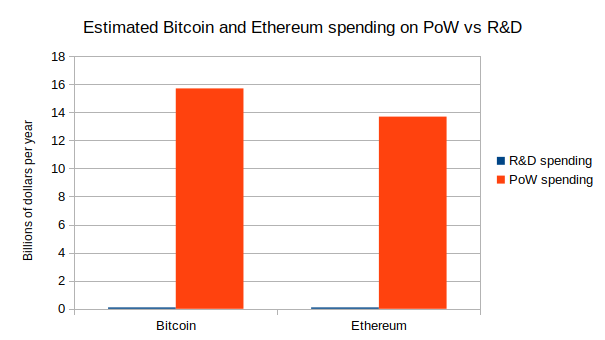
The one-two punch of RPGF and EVM equivalence gives us the first promising path towards solving the tragedy of the commons, not just for Optimism, not just for L2s, not just for Ethereum, but for the entire planet.
Step 1: Fund public goods on Optimism
Step 2: Expand those public goods (for free!) to all other L2s.
Step 3: Integrate those public goods into Ethereum
Step 4: Expand the scope of public goods beyond Ethereum and into the world.
Step 5: Solve global coordination failures, and unlock a Star Trek future
👉 Read: How Transaction Ordering can save Humanity
Thank you for reading!
- David
